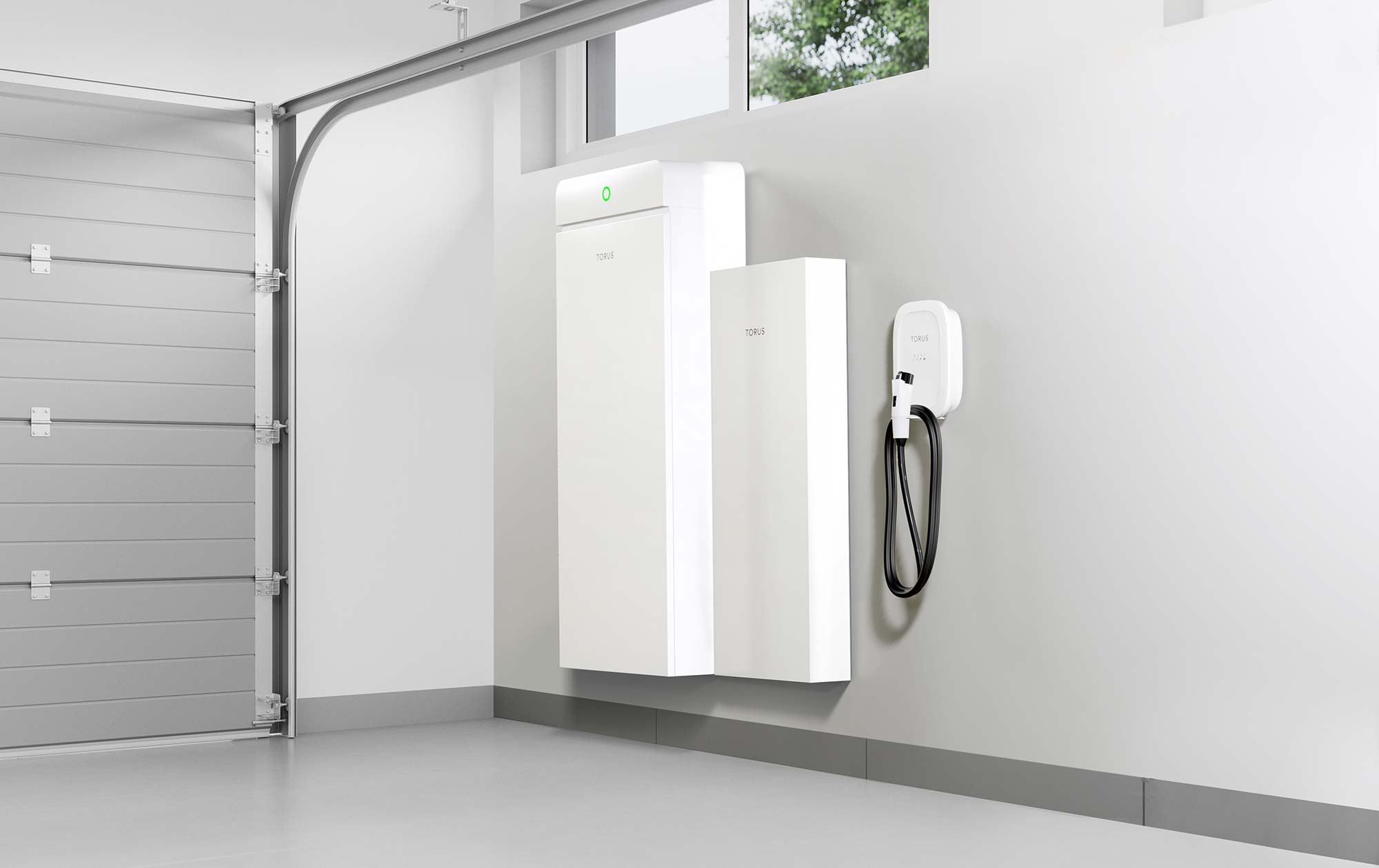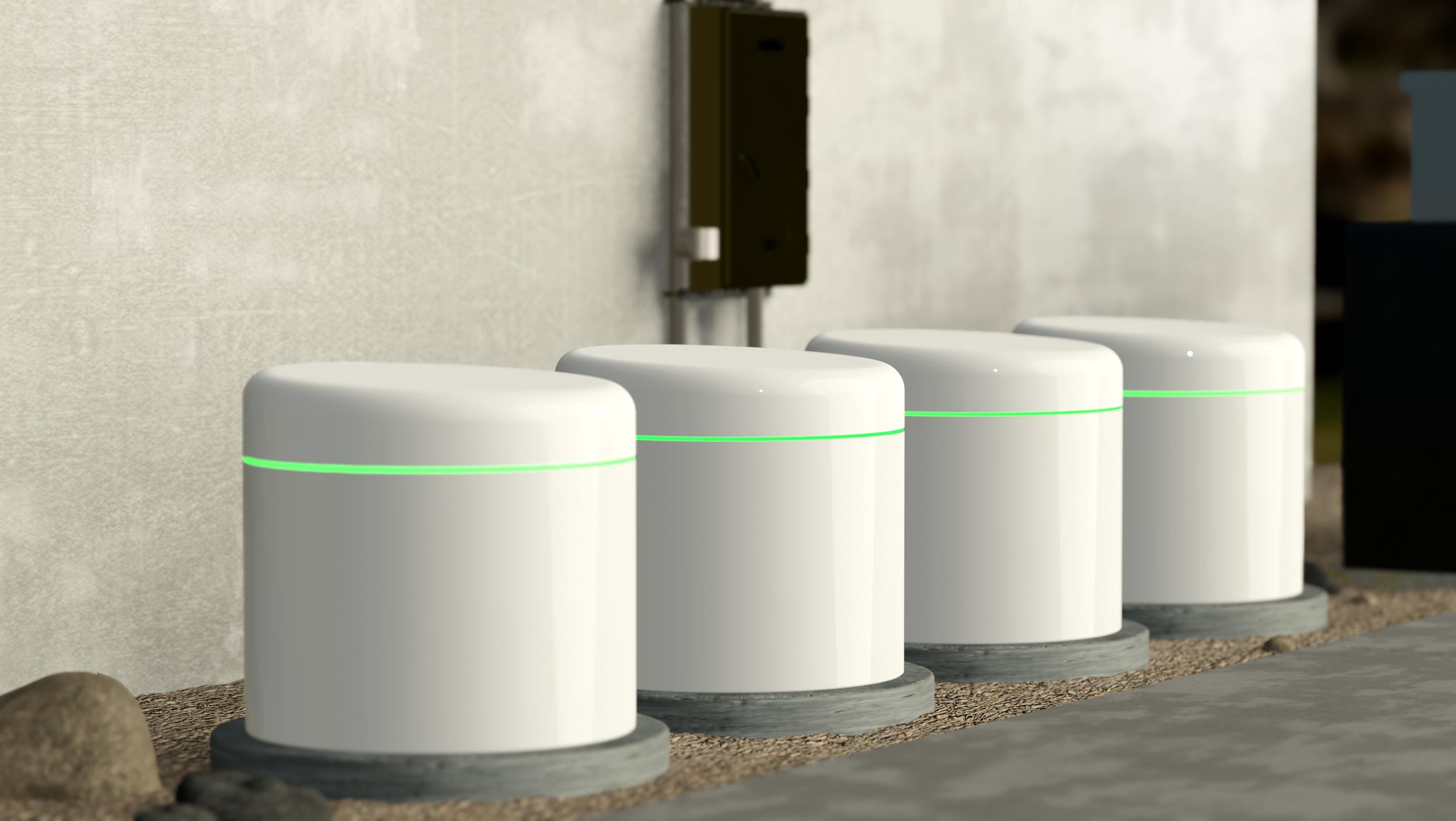How Do Carbon Offsets Work?
A clear explanation of an innovative solution
In the fight against climate change, individuals and organizations are increasingly seeking ways to reduce their carbon emissions and play their part in building a sustainable future. One approach gaining traction in this fight is the use of carbon offsets. Below, we’re exploring how carbon offsets work, their purpose, and the role they play in mitigating greenhouse gas emissions.
What are Carbon Offsets?
Carbon offsets are a mechanism that allows individuals, companies, and governments to make up for their greenhouse gas emissions by supporting projects that reduce or remove carbon dioxide (CO2) or other greenhouse gases from the atmosphere. These projects can include initiatives in renewable energy, energy efficiency, reforestation, and carbon capture and storage, among others.
How do Carbon Offsets Work?
The process of carbon offsets typically involves the following steps:
- Measuring Emissions: The first step in the carbon offset process is to quantify the amount of greenhouse gases emitted by an individual, organization, or activity. This measurement is often done through an assessment that calculates the emissions based on factors such as energy consumption, transportation, and waste generation.
- Offsetting Emissions: After determining the emissions, the next step is to offset or neutralize those emissions by investing in projects that reduce or remove an equivalent amount of greenhouse gases. These projects can be located anywhere in the world, and the offsets generated are typically measured in metric tons of carbon dioxide equivalent (CO2e).
- Verification and Certification: To ensure the integrity of carbon offsets, independent third-party organizations verify and certify the projects. They assess the project's adherence to recognized standards and protocols, including additionality (the project's emissions reductions or removals that would not have occurred without the offset funding) and quantification methodologies.
- Retirement or Cancellation: Once the carbon offsets are verified and certified, they are retired or canceled, ensuring they are not double-counted or resold. This step confirms that the emissions reductions associated with the offsets are permanently removed from the carbon market.
Benefits and Considerations of Carbon Offsets:
- Climate Mitigation: Carbon offsets play a crucial role in mitigating climate change by supporting and promoting projects that reduce greenhouse gas emissions. They facilitate the transition to a low-carbon economy by funding initiatives that might not have otherwise been financially viable.
- Environmental Co-Benefits: Many carbon offset projects deliver additional environmental benefits beyond emission reductions. For example, reforestation projects can enhance biodiversity, improve water quality, and create habitats for wildlife.
- Education and Awareness: Engaging in carbon offsetting raises awareness about individual and organizational carbon impacts and encourages responsible actions to reduce emissions. Awareness is crucial, and sharing that knowledge can inspire others to take similar steps towards sustainability.
Considerations:
- Not a Substitute for Emission Reductions: It is essential to note that carbon offsets should not be seen as a direct substitute for direct emission reductions, but rather they should complement efforts to reduce emissions at the source and promote sustainable practices.
- Credibility and Additionality: Ensuring the credibility and additionality of carbon offset projects is crucial. Choosing reputable offset providers and projects that adhere to recognized standards and independent verification processes is essential to maximize the environmental integrity of the offsets.
The Torus Station is the most effective way to create, store, and manage clean, renewable energy at home.
Curious? Learn More.
Interested in a free consultation? Get in Touch
Ready to commit? Customize your system




